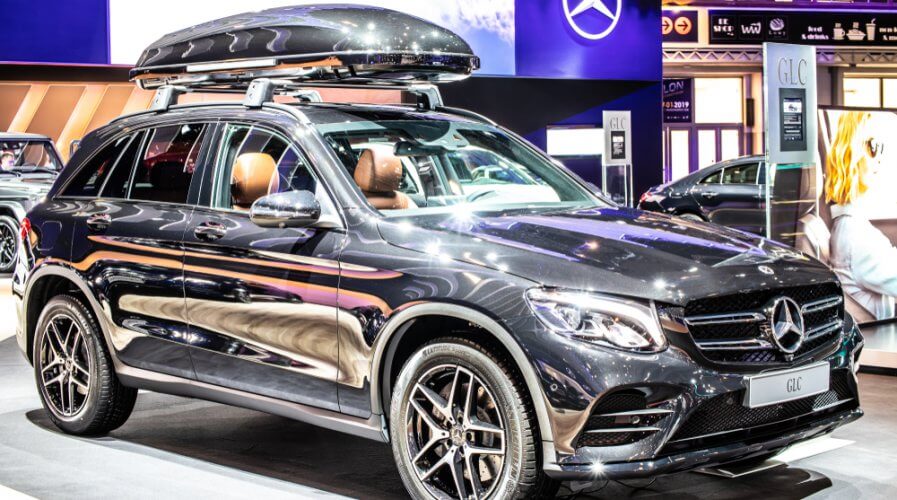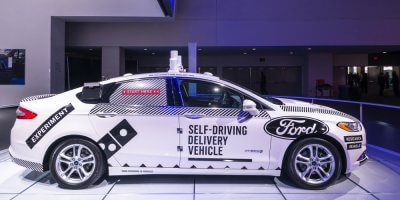
Automakers collaborate to create autonomous vehicles. Source: Shutterstock
BMW and Mercedes set realistic goals for launch of self-driving cars
WHILE every automaker has been betting big on autonomous cars, BMW and Mercedes recently launched a long term development cooperation to create road-ready SAE Level 4 cars.
This is exciting because not only are two of the world’s leading automakers teaming up to work on autonomous technology but also because they’re setting more realistic goals for the industry.
According to the giants, the cooperation will see a swift market launch of automated driving technology in passenger car systems for private customers from 2024.
SAE Level 4 includes driver assistance systems, highly automated driving on highways, and automated parking — which looks like a realistic target.
This is especially true because 100 percent driverless SAE Level 5 vehicles seem dependent on more than just the technology — they depend on pedestrian behavior, the actions of other human drivers, and regulations.
In addition, BMW and Daimler also plan to extend the cooperation to higher levels of automation in urban areas and city centers.
“This underscores the long-term and lasting nature of the undertaking, which will extend to encompass a scalable platform for automated driving,” said the press release.
The non-exclusive cooperation is also open to other OEMs and technology partners, with results being made available to other OEMs under license.
Sharing autonomous vehicle engineering talent
According to BMW and Daimler, the cooperation will see more than 1,200 specialists working together, often in mixed teams.
Engineers and professionals will be based at various locations in Germany — including the BMW Group Autonomous Driving Campus in Unterschleissheim, near Munich, the Mercedes-Benz Technology Centre (MTC) in Sindelfingen, and the Daimler Testing and Technology Centre in Immendingen.
Efforts will focus on developing a scalable architecture for driver assistance systems, including sensors, as well as a joint data center for data storage, administration and processing, and the development of functions and software.
Although both companies have their own successes and milestones with automated driving and autonomous vehicle technology, their partnership is expected to help make serious headway in the development and launch of the technology — in a reliable way — to private consumers.
The two companies, along with partners such as Continental, Fiat Chrysler, and Volkswagen, among others, have also published a whitepaper on safety requirements for automated driving.
As well as covering all relevant safety methods for Level 3/4 SAE automated driving, the paper introduces a traceability system, which extends from the primary goal – being safer than the average driver – right down to the individual safety objectives of the various components.
Truth be told, partnerships are all around in the autonomous driving market. Most recently, for example, Ford and Volkswagen invested in a startup Argo AI to speed up their journey to driverless cars.
The BMW and Daimler partnership is exciting because it not only merges expertise and talent but also has a solid goal to focus on — one that’s more realistic given the existing state of technology and regulations in the market.
READ MORE
- Safer Automation: How Sophic and Firmus Succeeded in Malaysia with MDEC’s Support
- Privilege granted, not gained: Intelligent authorization for enhanced infrastructure productivity
- Low-Code produces the Proof-of-Possibilities
- New Wearables Enable Staff to Work Faster and Safer
- Experts weigh in on Oracle’s departure from adland






